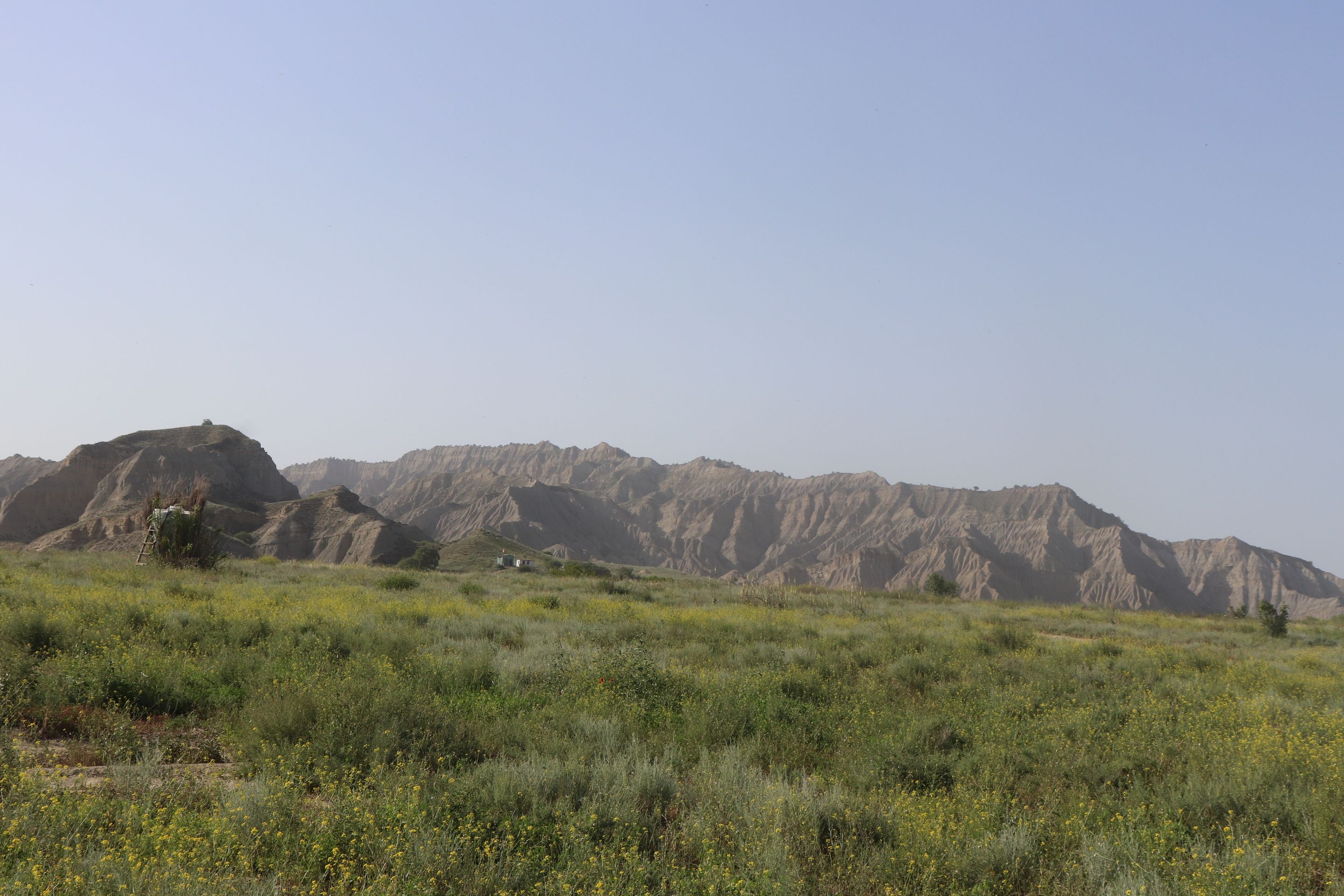Tmogvi Fortress and Plateau
게시됨: 06.06.2024
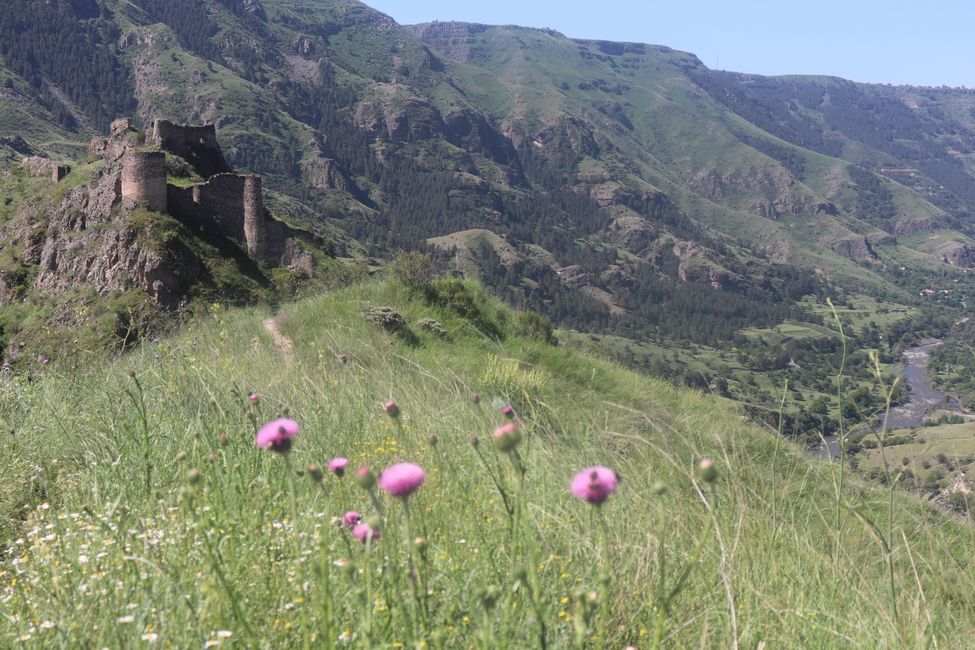
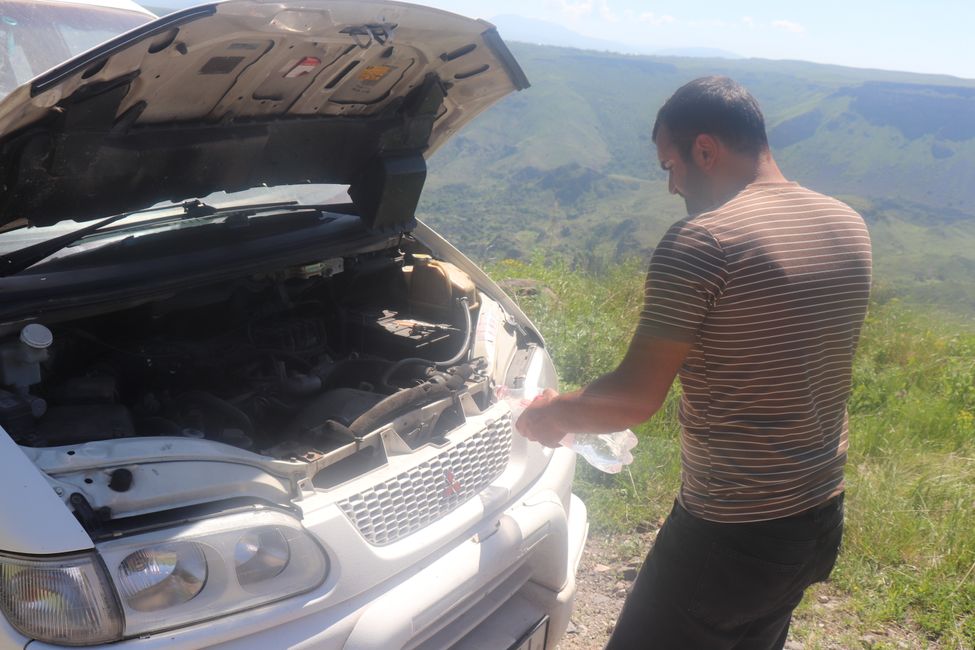
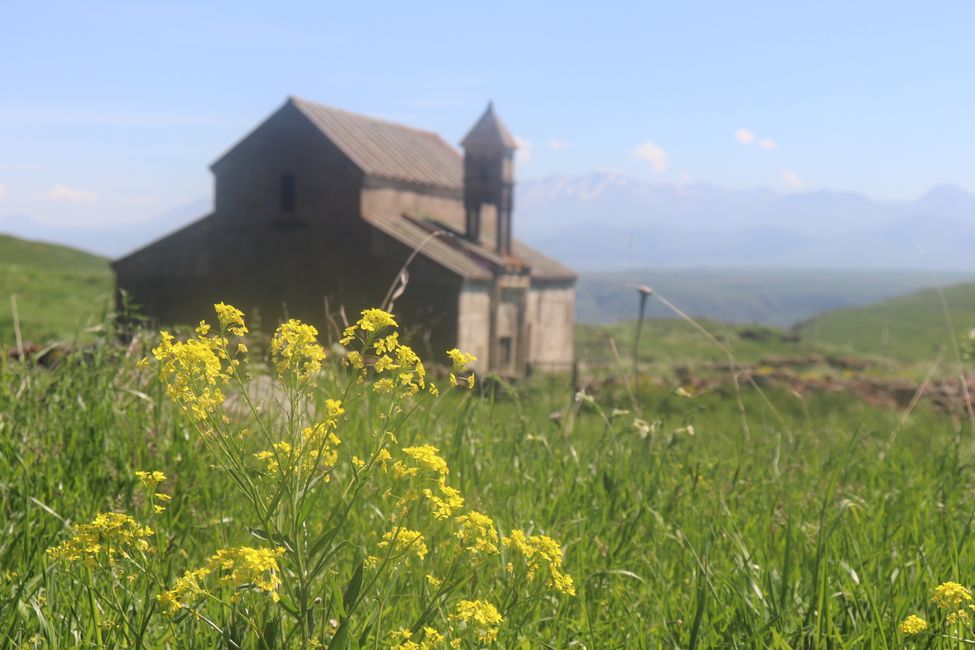
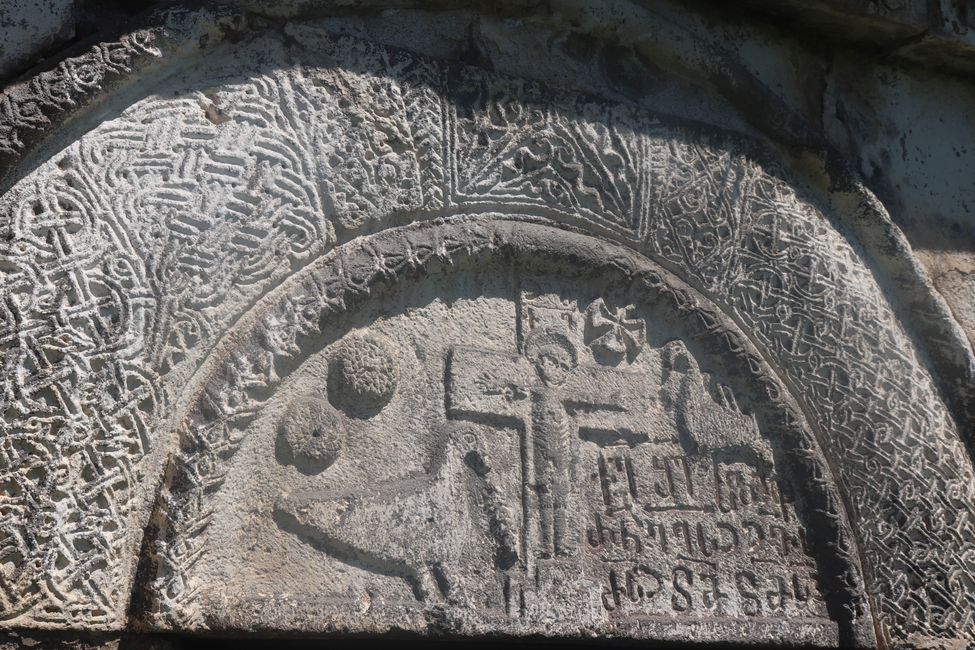
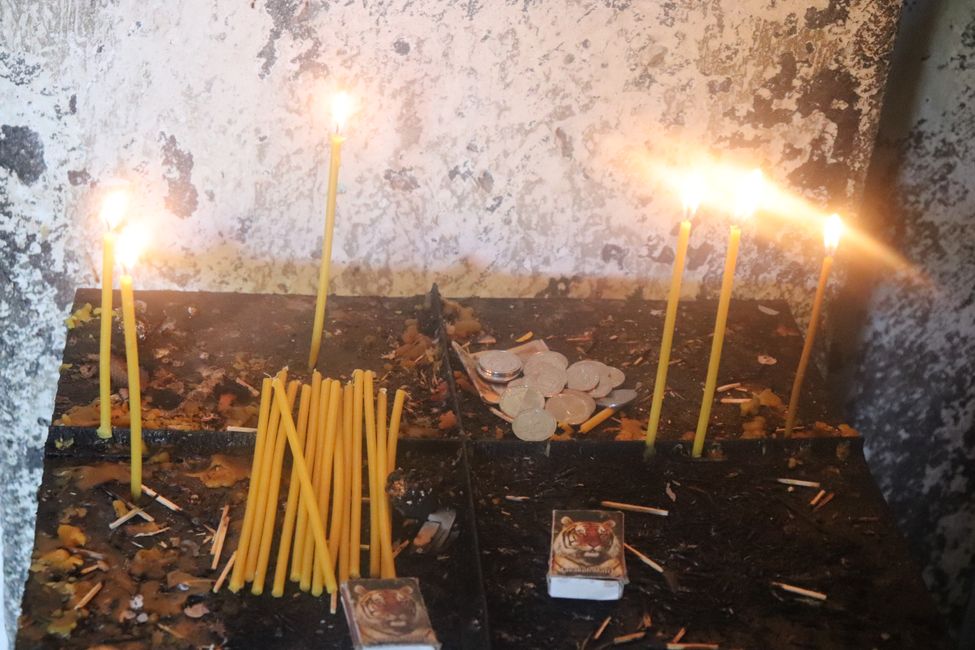
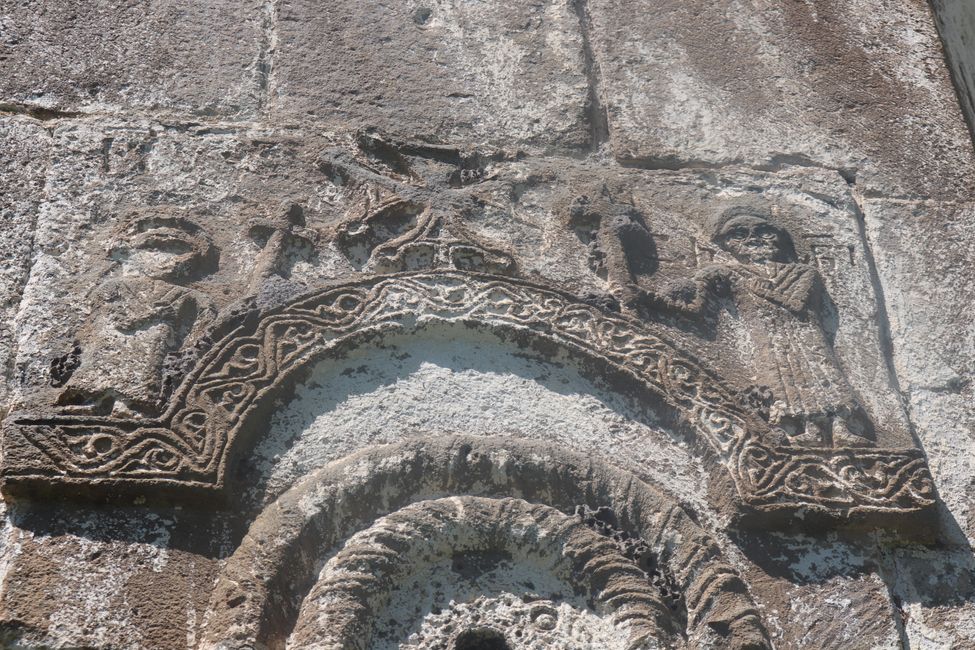
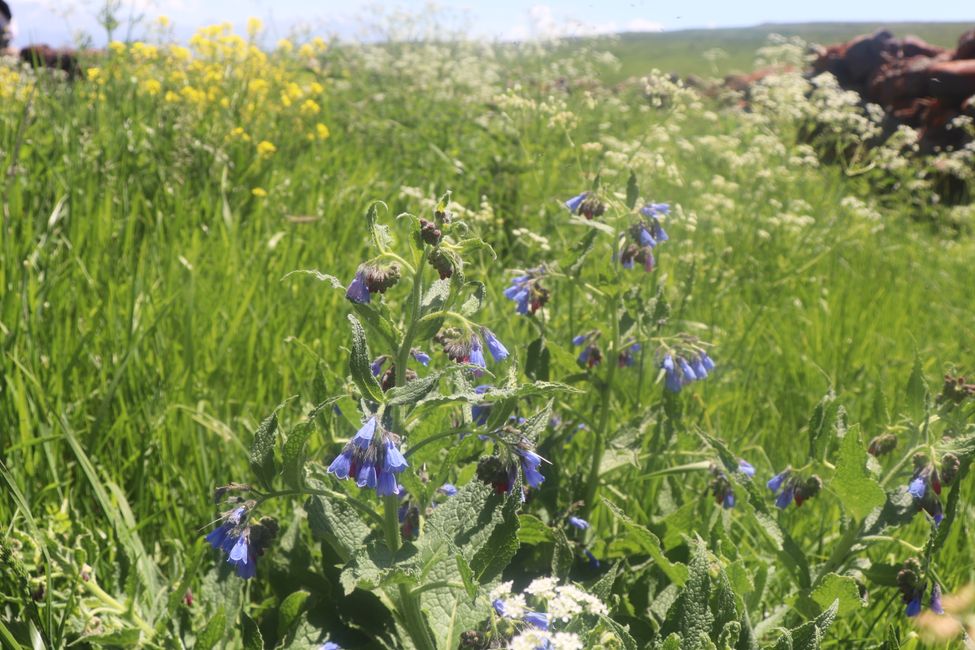
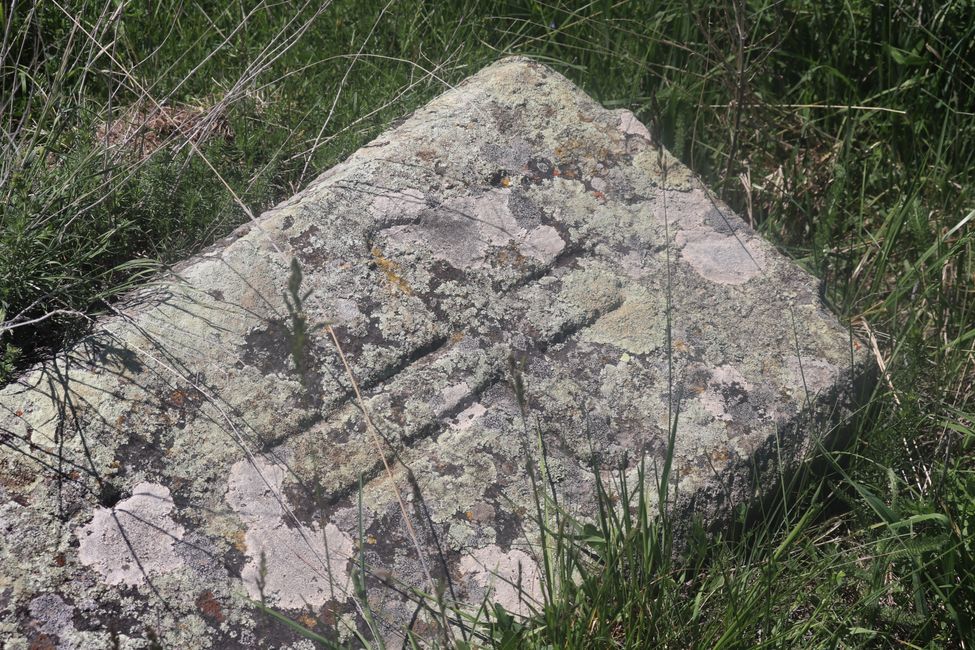

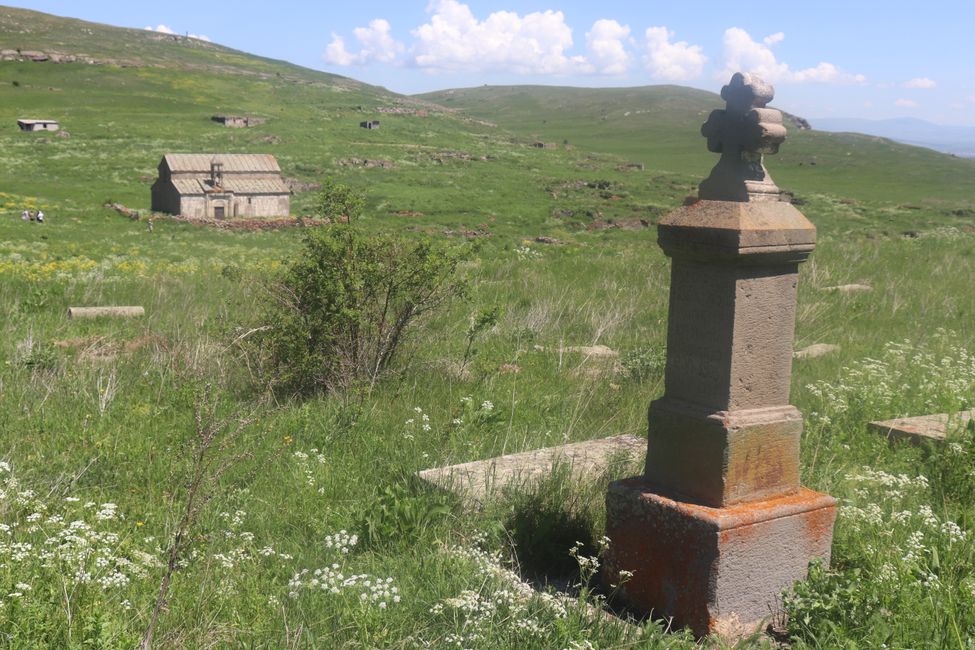
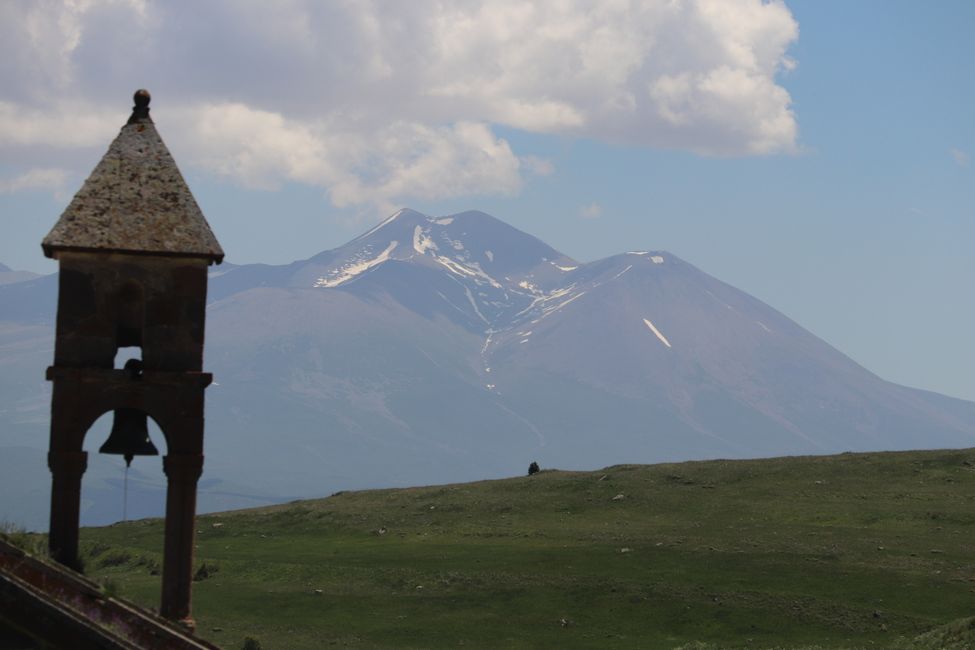
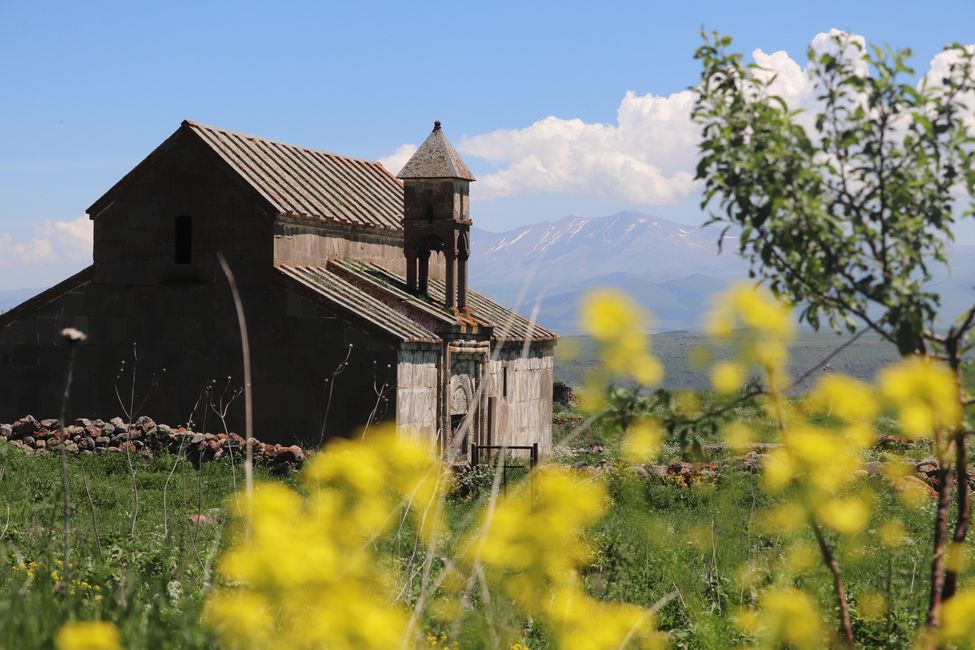
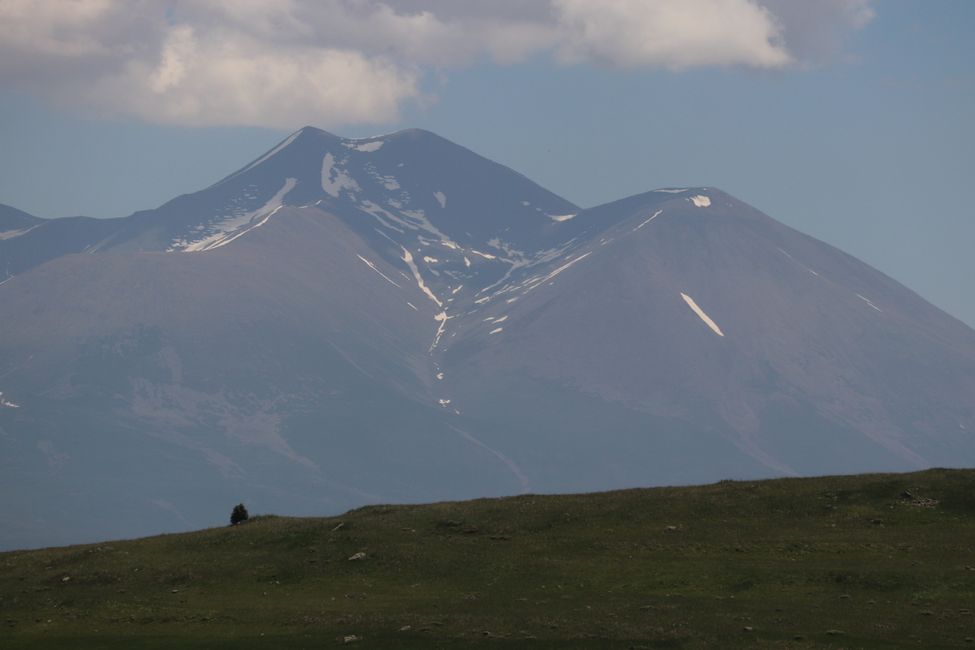
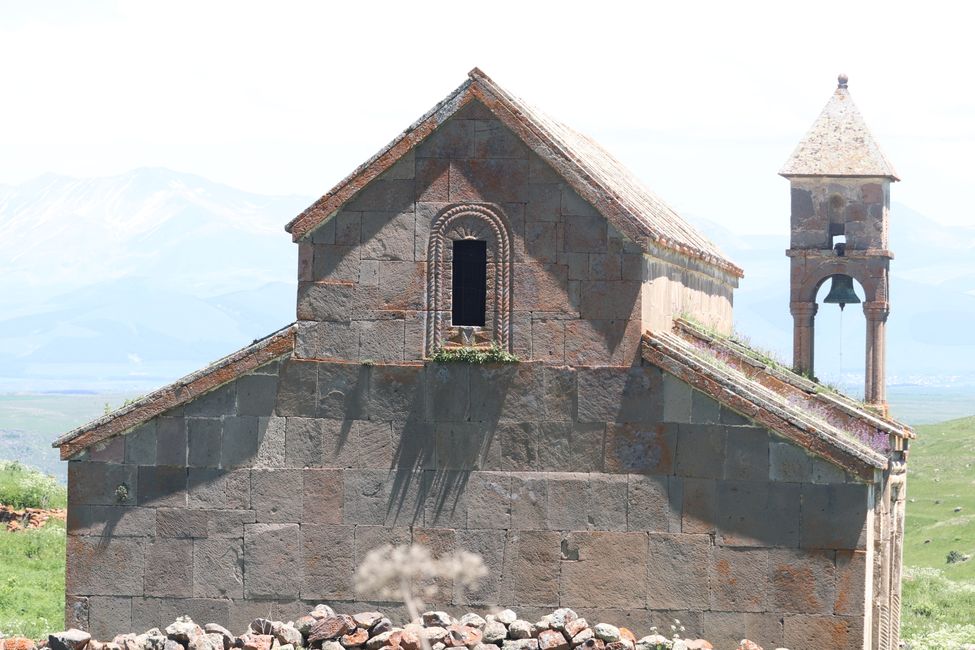
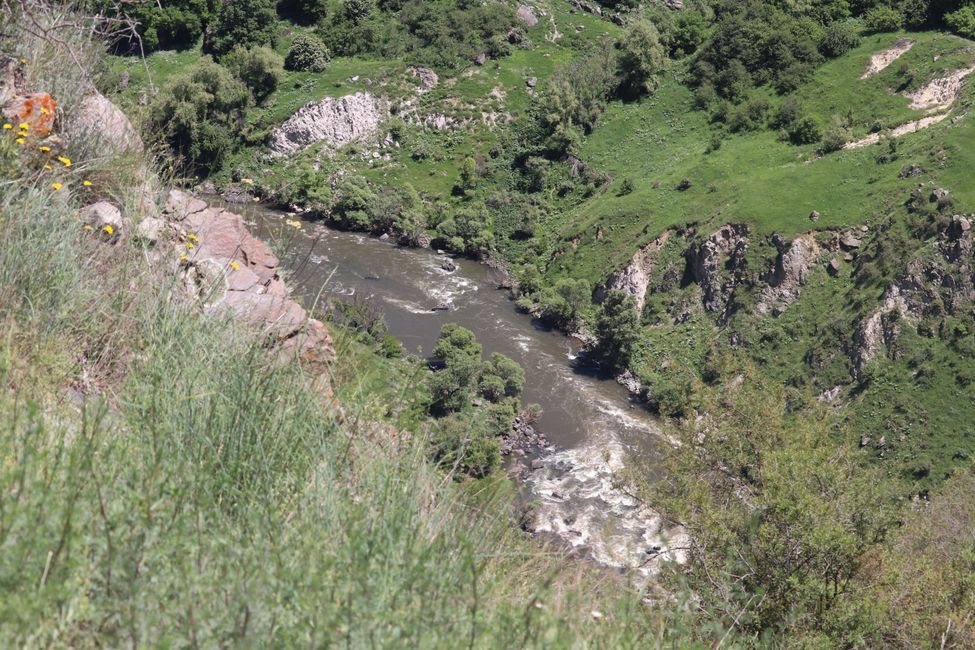
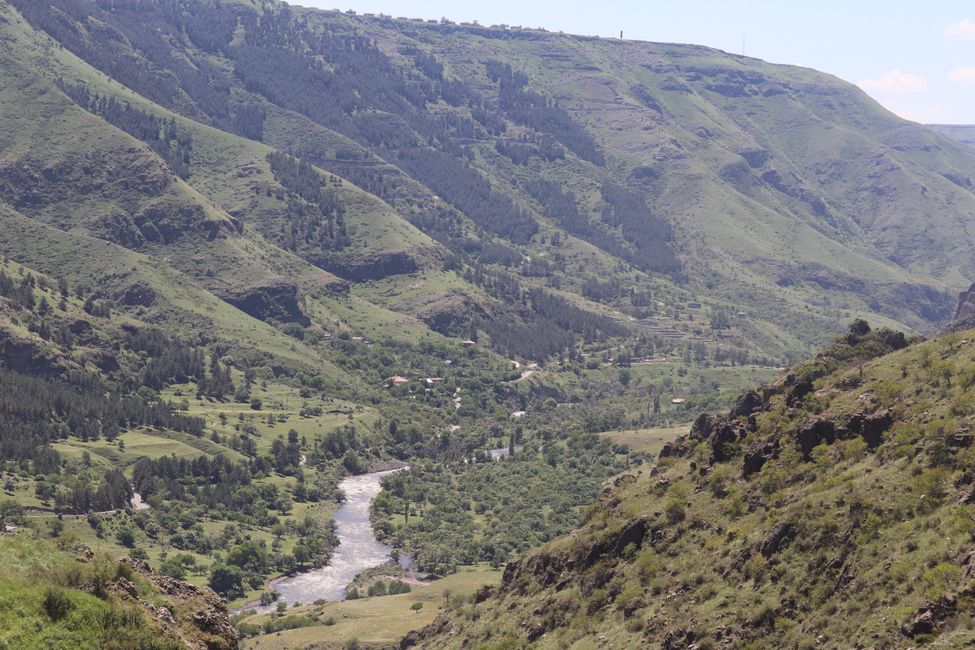
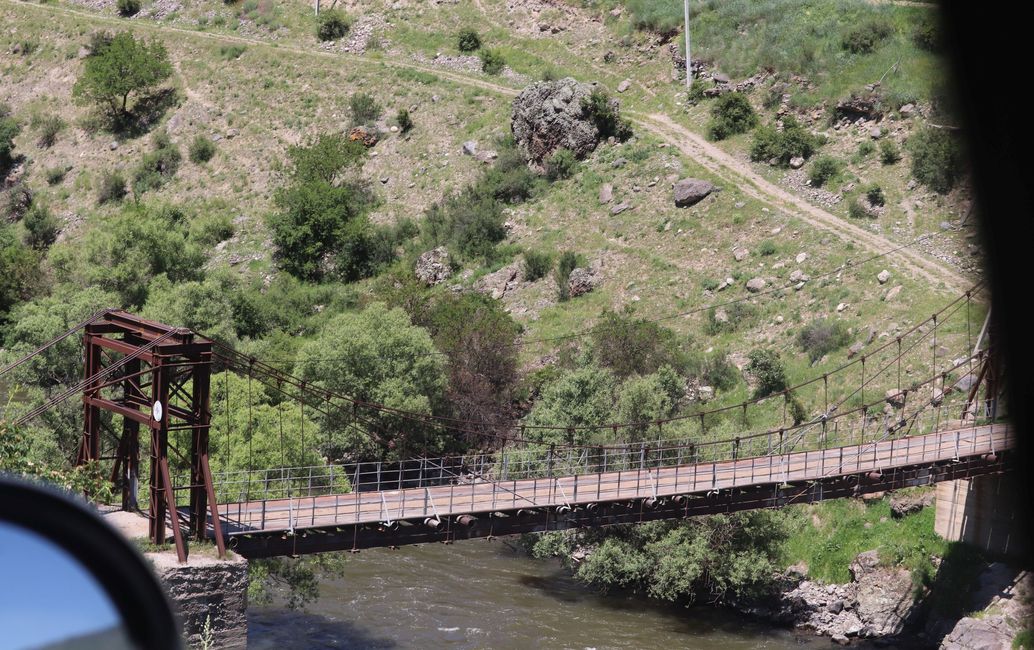
뉴스레터 구독
Thursday June 6, 2024, day 12 of 13. This morning most of us drove in 3 four-wheel drive minibuses to the Tmogvi fortress high above the Kura valley. The fortress was first mentioned in the 9th century and served to secure the border region between Georgia and the Ottoman Empire. It was probably never conquered, but 3 earthquakes destroyed the proud castle. The first in 1088. It sounds a little strange that the otherwise highly praised Queen Tamara gave the ruins away. 2 more earthquakes completed the destruction, as the area is characterized by volcanism and seismic activity. Ultimately, the Russian Empire got the proud loot. Despite the very summery temperatures, some of our group preferred to hike and even skipped breakfast. This ambitious decision triggered a wave of concern among the less ascetic tour participants and even our bus driver Ilia. Too much food was packed, so that we are still devouring eggs and cheese as I write. Everyone rode along for the remaining few hundred meters of elevation. One of the vehicles soon had to stop because it was losing coolant. The driver refilled water and continued on. Drinking water and coolant bottles both contained H2O, which invited someone to accidentally taste it. No problem, thank goodness!
When we arrived at the top, there was a wide green plain with grass and a variety of flowers. As a result, the bird life was also very diverse. The rare rock thrush was spotted and a booted eagle circled around. Bearded vultures also appeared. A very old chapel in the middle of the flower meadow aroused my curiosity. It is called Zeda Tmogvi, which means nothing more than "above Tmogvi". The reason why a chapel stands there all alone is because of Stalin, who had the Christian Meskhetian Turks living there forcibly deported. Between 92 and 94 thousand Meskhetians were deported to Central Asia. It is not clear how many reached their destination alive. The village was flattened like around 200 others and nature took over again and overgrew the remains of the foundation walls. We found quite a few gravestones with crosses and the year 1905. One of our drivers told us that his grandparents had lived there. Wolves are apparently raising their pups there and are using the abandoned terrain. The ancient church with a bell in the tower is still almost intact. Inside, however, old wall paintings have been painted over and the interior whitewashed. Nevertheless, the pretty little church dates back to the 11th century. There are a few photos of icons and small crosses inside and a few burning candles show that many believers still come to pray there. A farm is still in use and dates back to the Soviet era.
Another group of young international archaeologists has turned up at the accommodation. We enjoy a lovely evening in a relaxed atmosphere by the river. One of us discovers a small snake on the edge of the terrace: Natrix Tesselata - a dice snake. It is non-venomous and harmless to humans and is a water snake.
뉴스레터 구독
답변
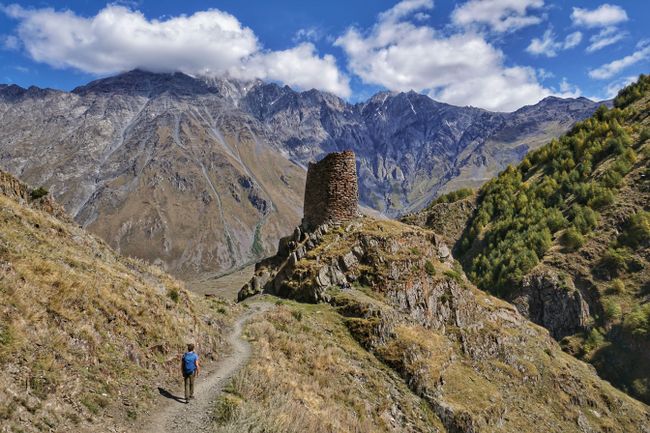
그루지야 여행 보고서
